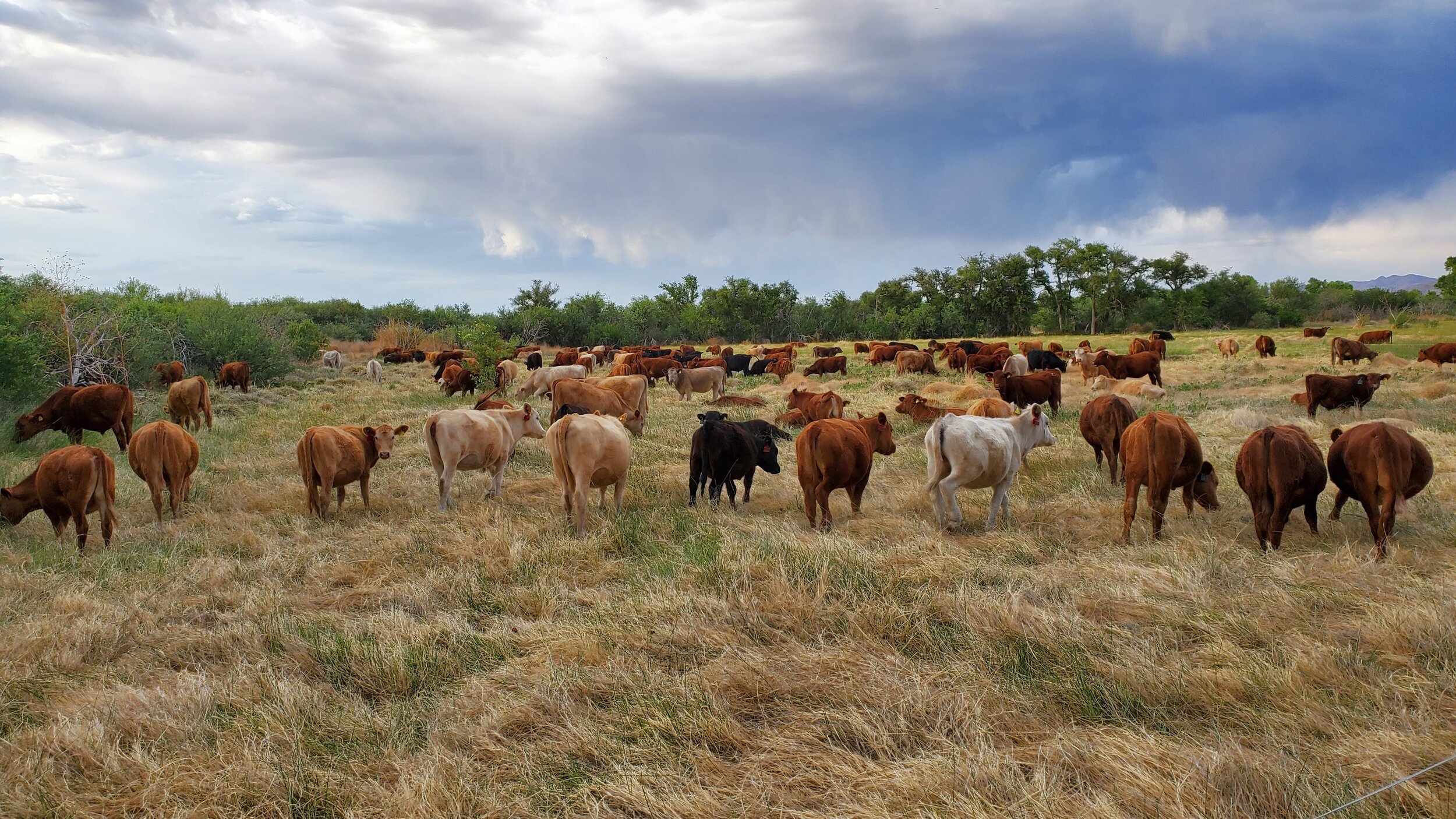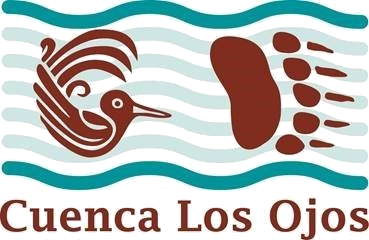
Regenerative Ranching
In recent years, Cuenca has begun experimenting with regenerative ranching as a tool to restore degraded grasslands. Cuenca lies at the southern end of the historic range of the American bison. Great herds once moved across the land, creating infrequent but intense grazing periods.
We manage our cattle herd in a way that simulates the movement of bison across the land. By grazing at high intensity for brief periods of time, followed by long periods of rest, we create disturbance that stimulates the regrowth of grasslands. The result has been remarkable. Degraded grasslands that failed to recover after 20 years of rest from traditional cattle ranching have begun regrowing after only one or two seasons using regenerative methods.
Credit: Ganesh Marin (@ganesh.marin)
In addition to supporting our restoration efforts, cattle produce an income stream that offsets a fraction of our operating costs. The cattle operation has also improved our understanding of the challenges faced by neighboring ranches and the neighboring ejido, a communally grazed property. As a result of new relationships with other land managers, we have increased awareness of the need for and opportunity for land restoration throughout the region.
We are documenting our activities and outcomes in order to contribute to scientific knowledge on the use of large grazers as a restoration tool. As this project expands, we see an opportunity to increase the impact of our work beyond our borders as we develop conservation and restoration methods that are compatible with the goals of the working lands in our region.

